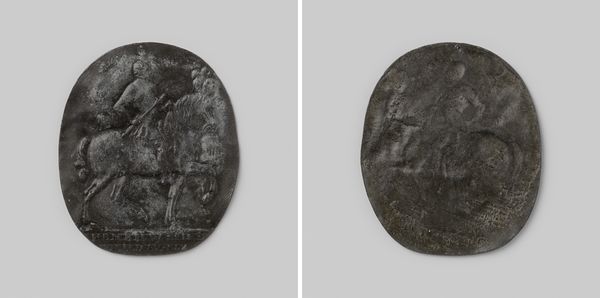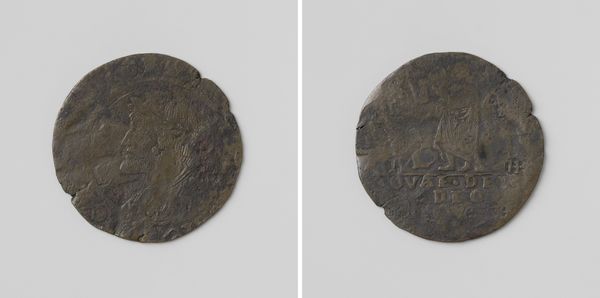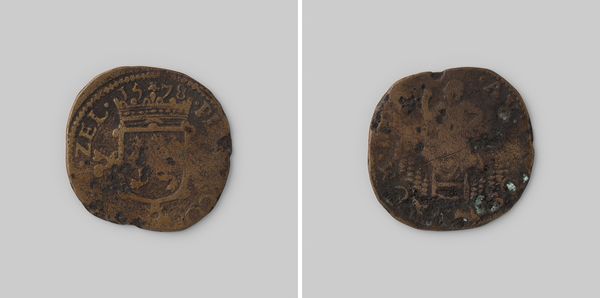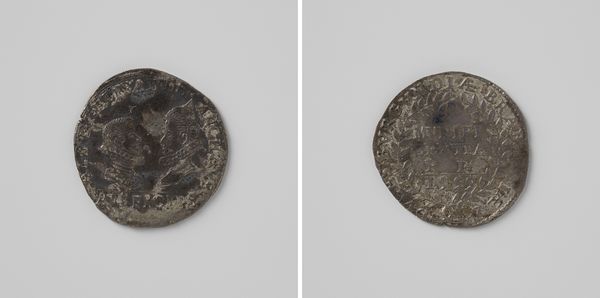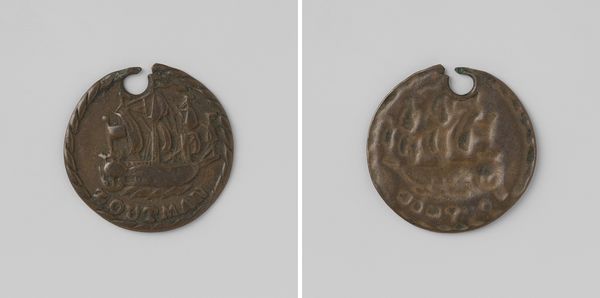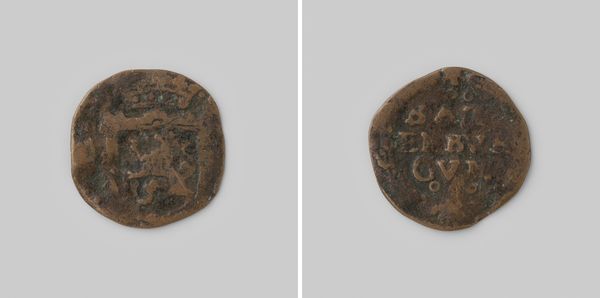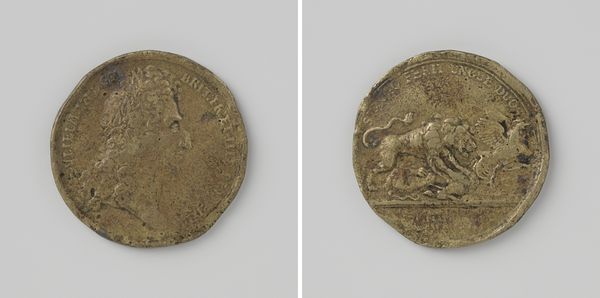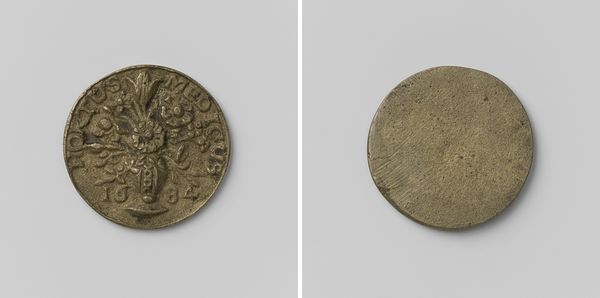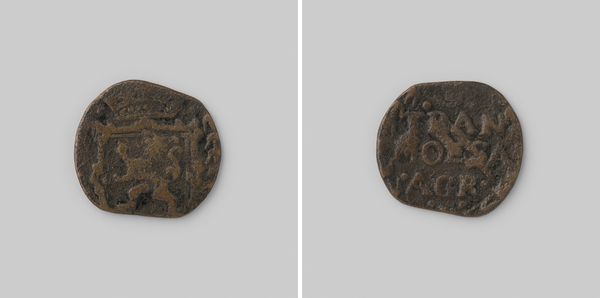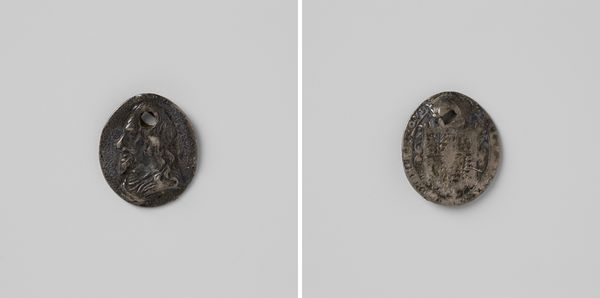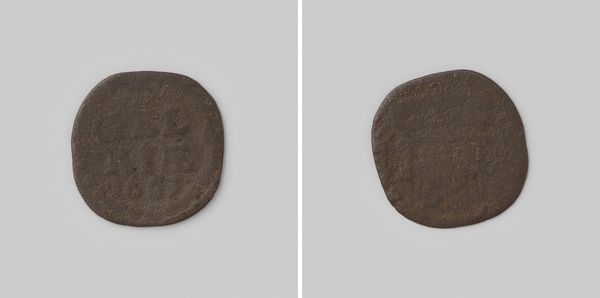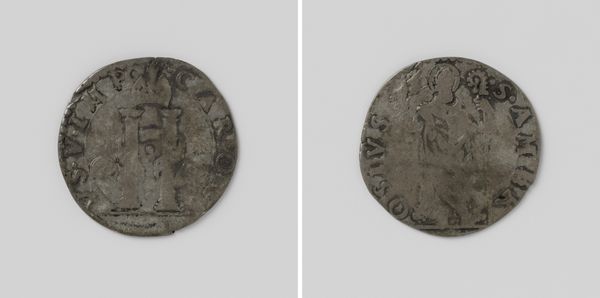
print, metal
#
portrait
# print
#
metal
#
sculpture
#
ancient-mediterranean
Dimensions: diameter 1.19 cm, weight 1.10 gr
Copyright: Rijks Museum: Open Domain
Editor: So, this is the Stevenweertse duit, a metal coin or print from between 1620 and 1632, by Herman van den Bergh. It feels almost like holding a piece of history in your hand – so worn, yet still carrying a message from another time. What stands out to you when you look at this coin? Curator: Well, first, the very materiality speaks volumes. This isn't just a coin; it's a testament to economic systems, to power structures of the time. It invites questions about who had access to currency, how that access shaped social mobility, and the inherent inequalities that are part of early capitalism. Who minted the coin, and who benefitted from its circulation? Editor: That’s a side of it I hadn’t fully considered – the power dynamics. Curator: Exactly. We see what might appear to be an innocuous object, but its historical context exposes so much about the society that produced and used it. Consider the design elements – do they reference local traditions or the influence of external rulers? Who is being represented here, and what symbolic message does the portrait or crest seek to convey? These small, often overlooked items offer a lens to understanding broader issues of social hierarchies and the distribution of power in the 17th century. Editor: That’s a really important point. You’ve given me so much more to think about. Thanks. Curator: It is the stories that these objects can unlock which matter the most. It's by investigating such artworks, such pieces, we are confronted with the intricacies of gender, race, and class.
Comments
No comments
Be the first to comment and join the conversation on the ultimate creative platform.

